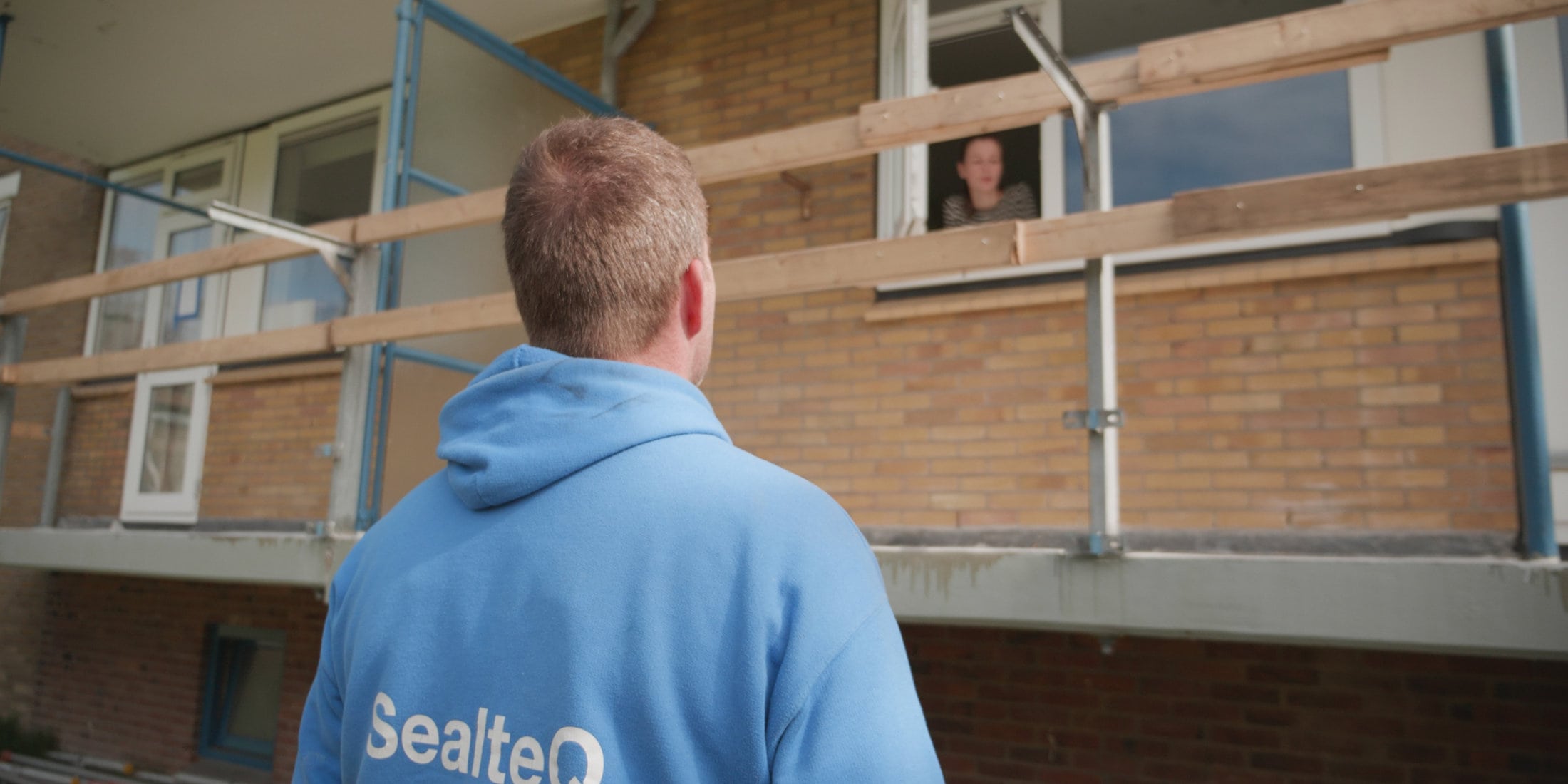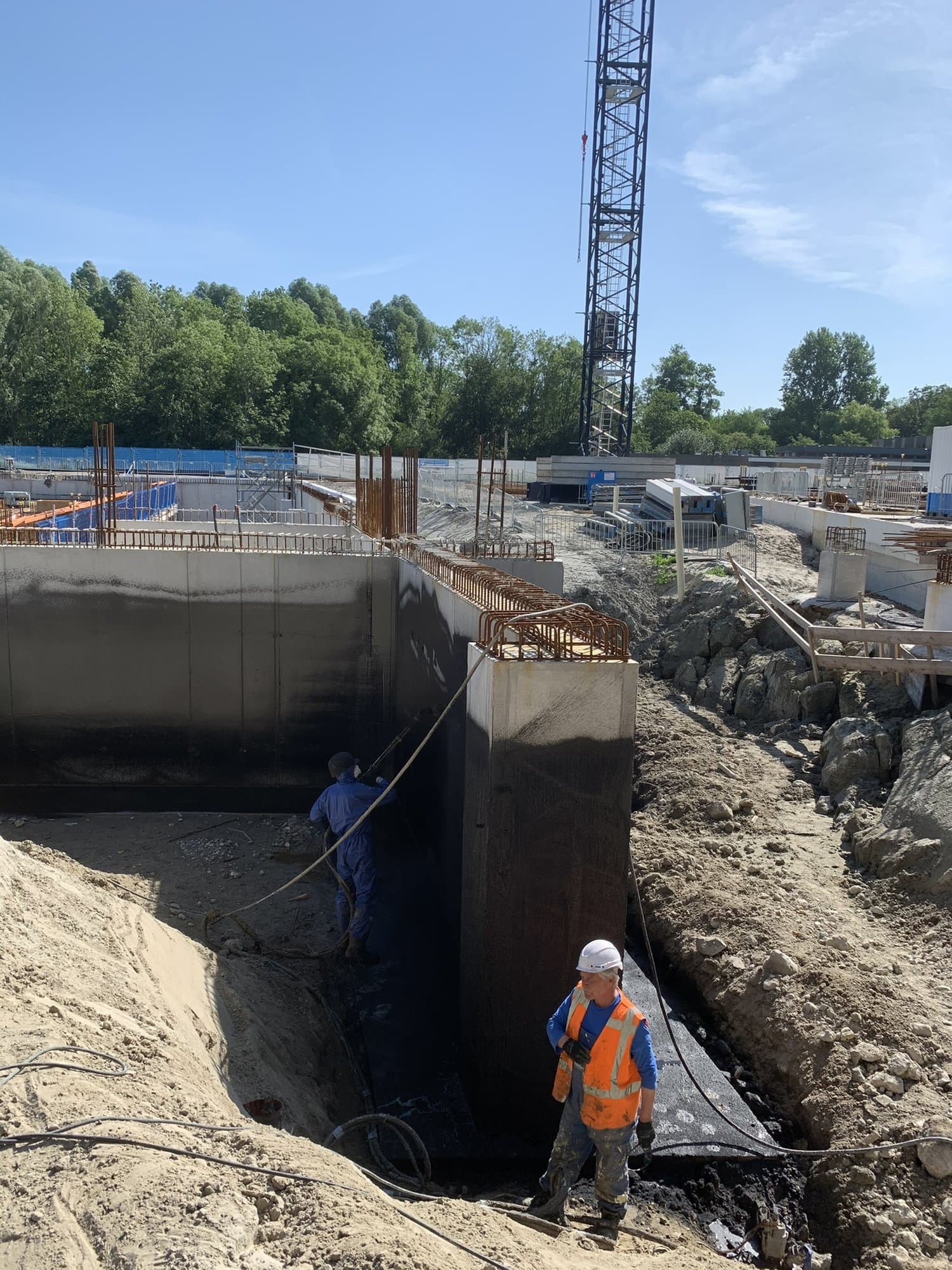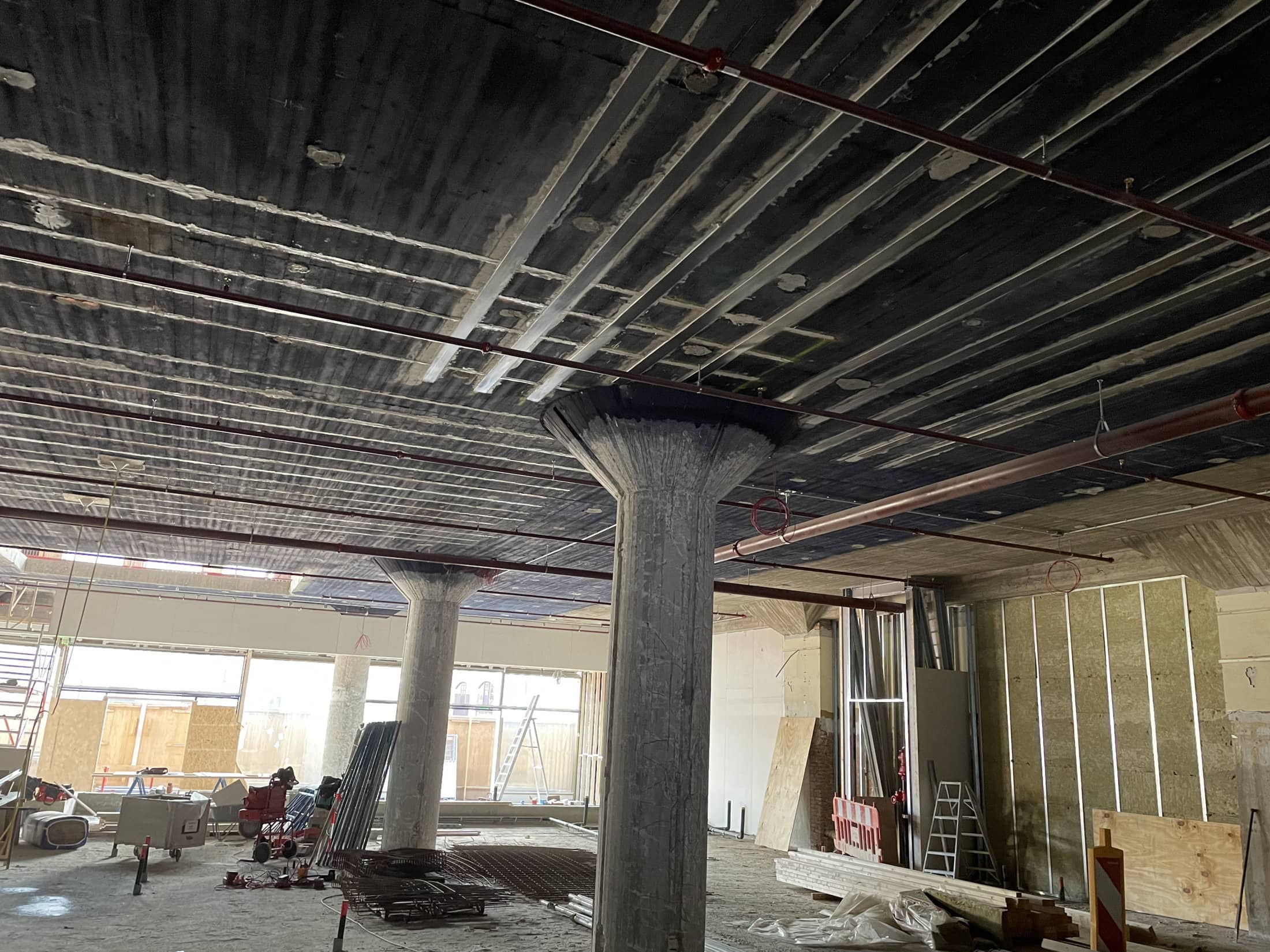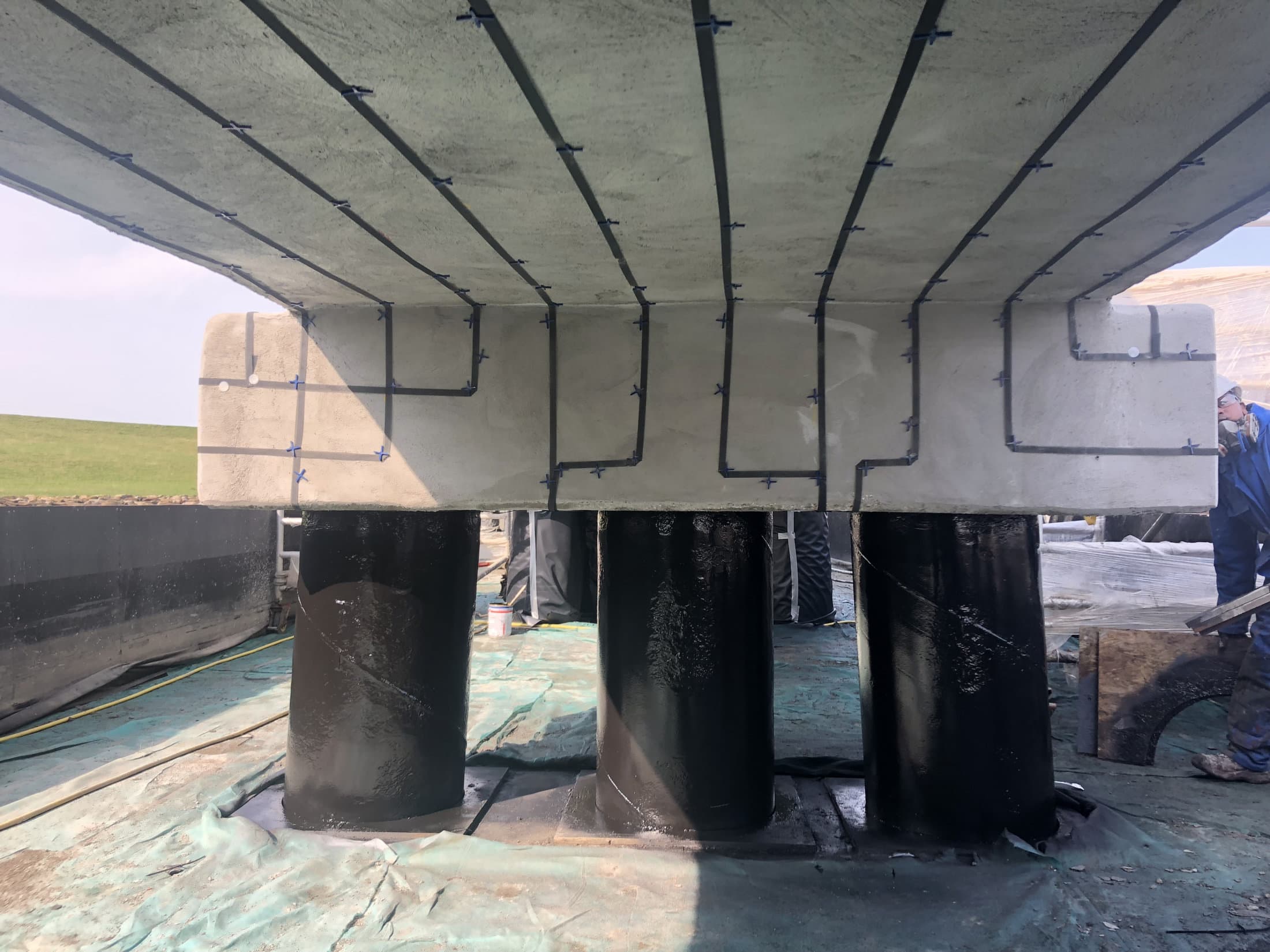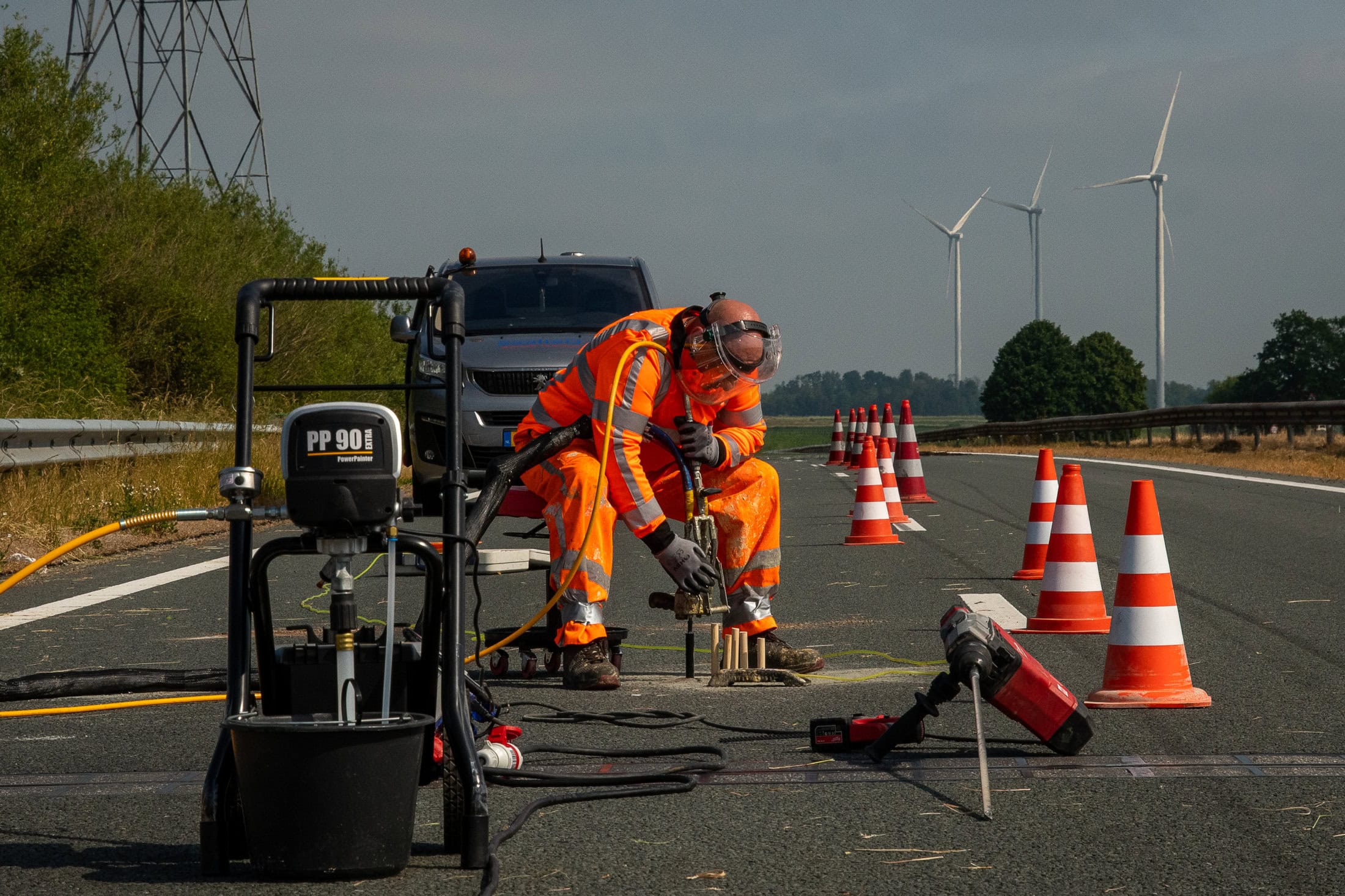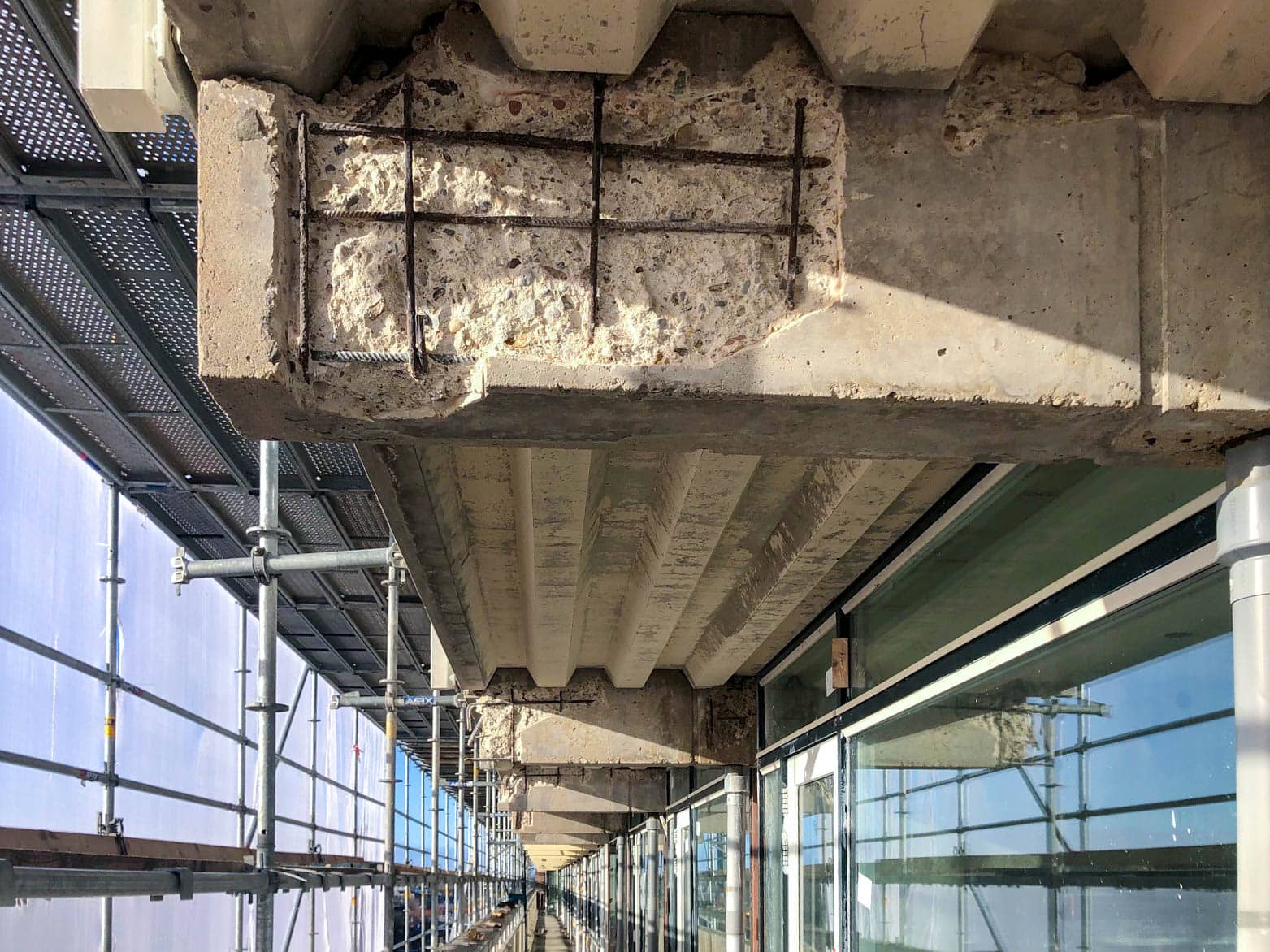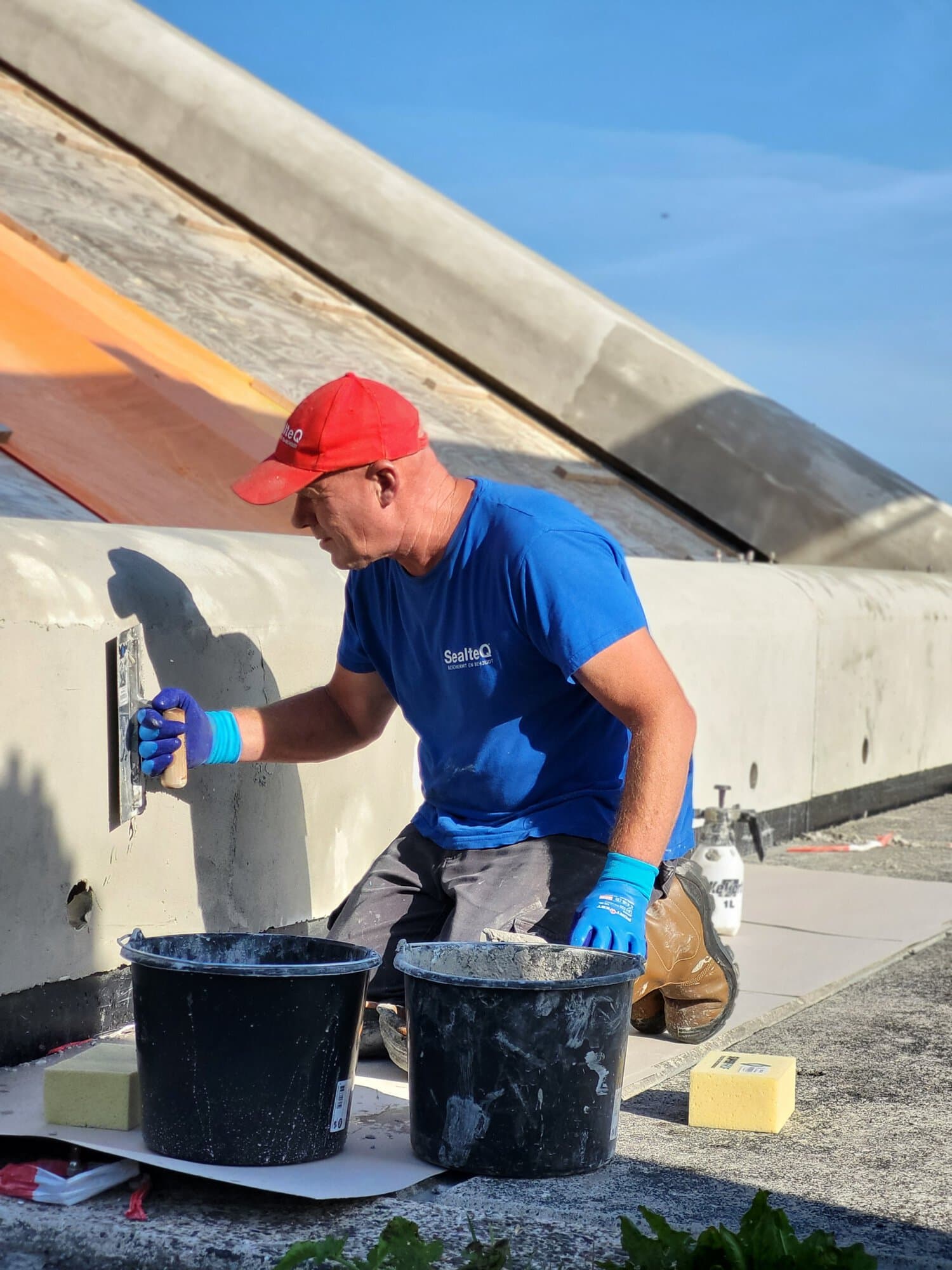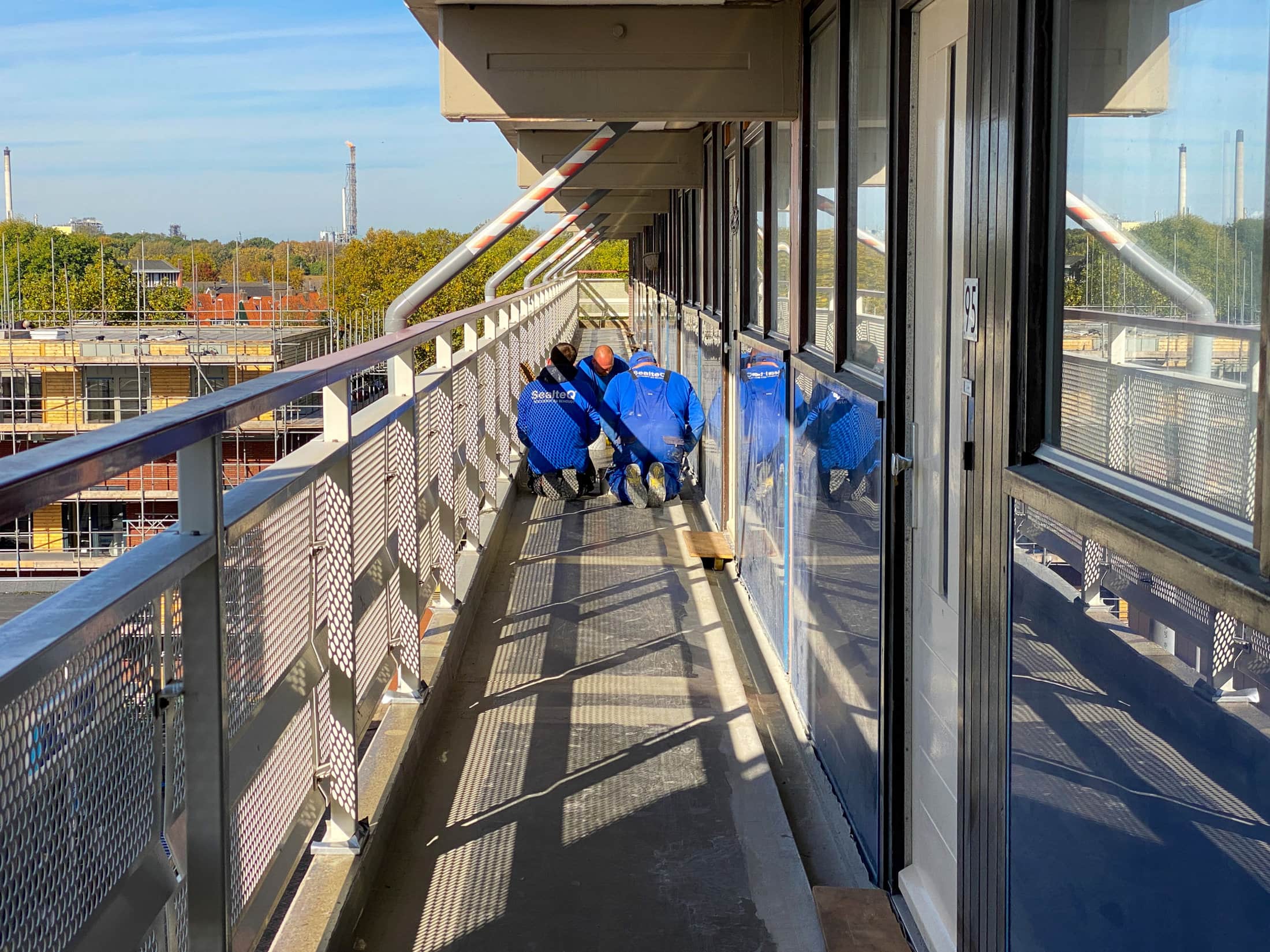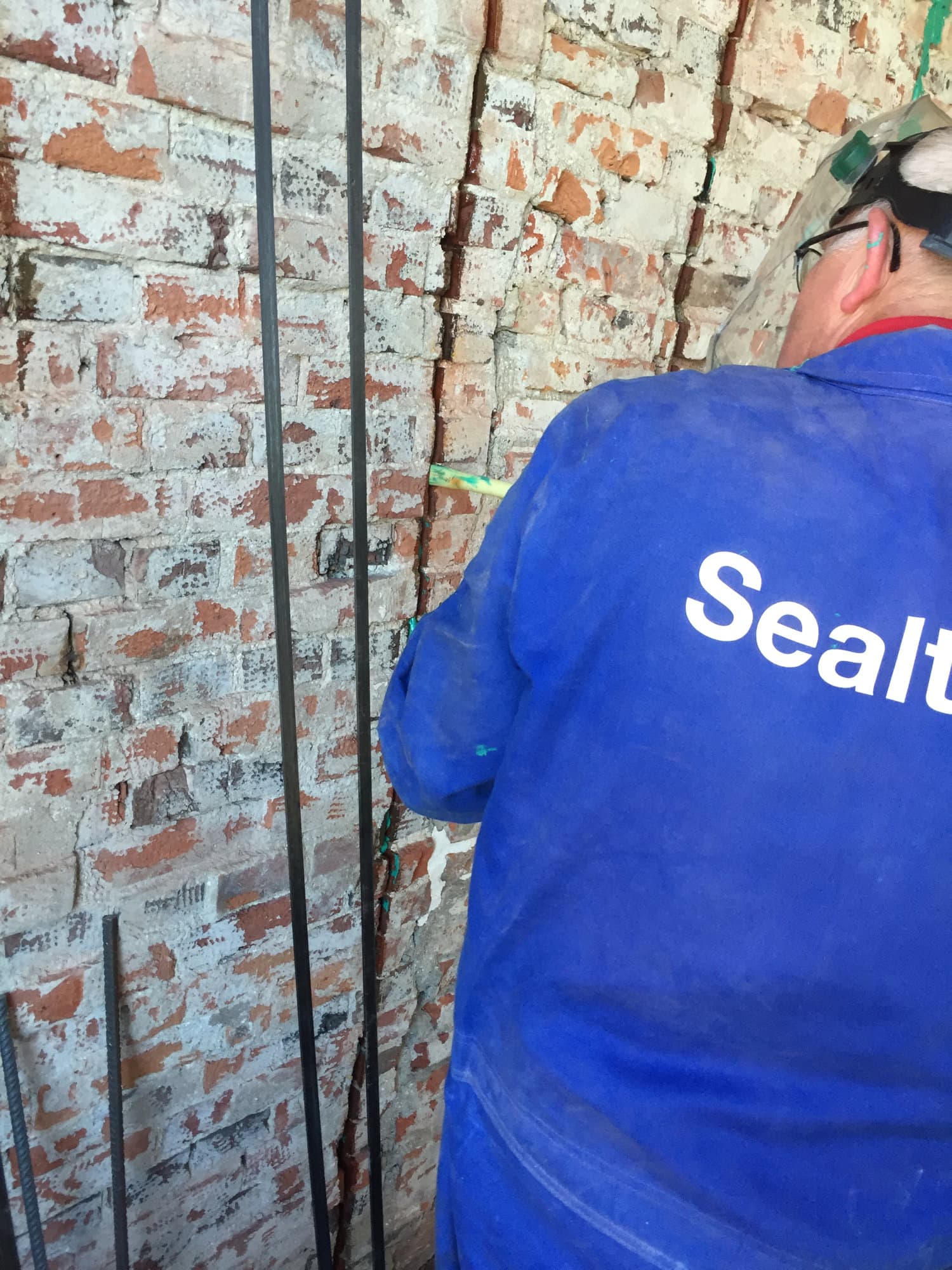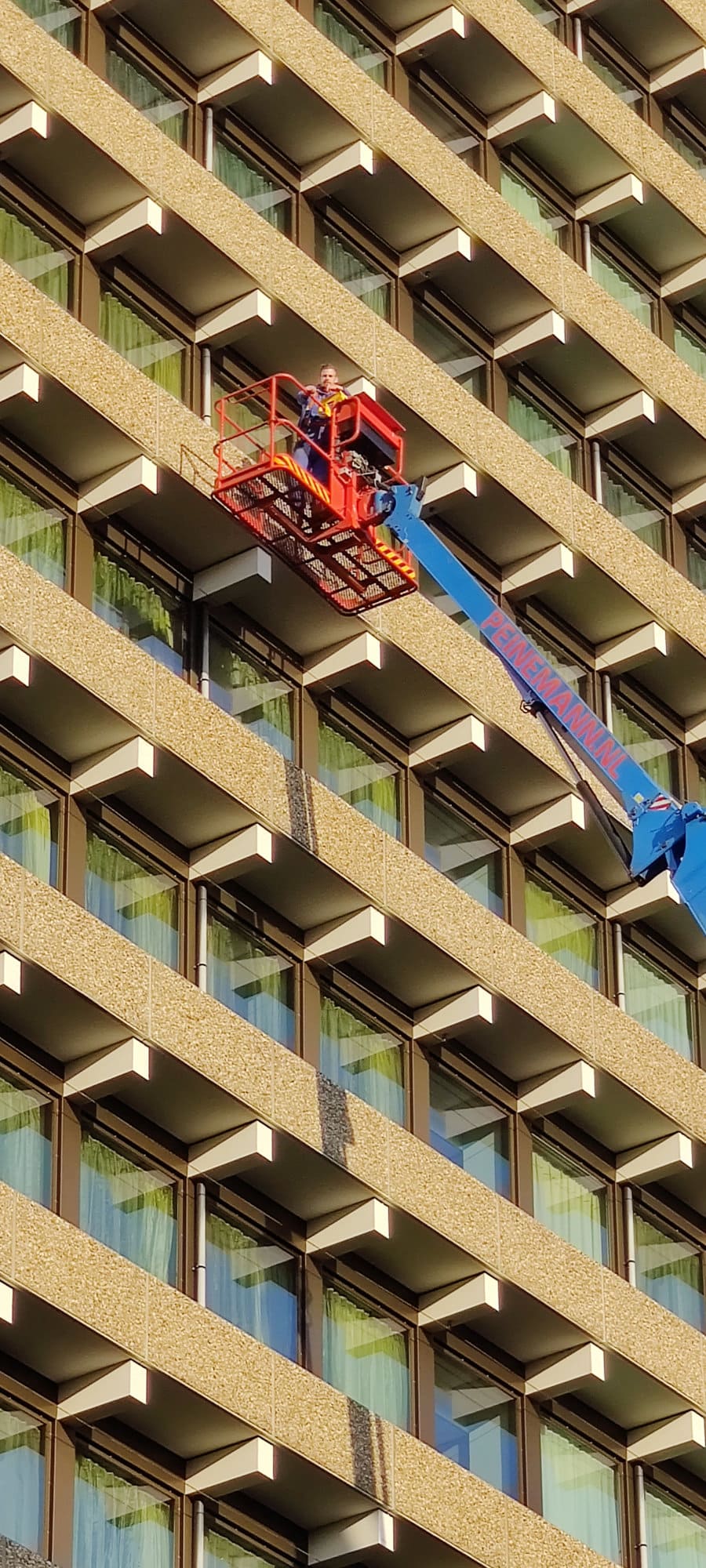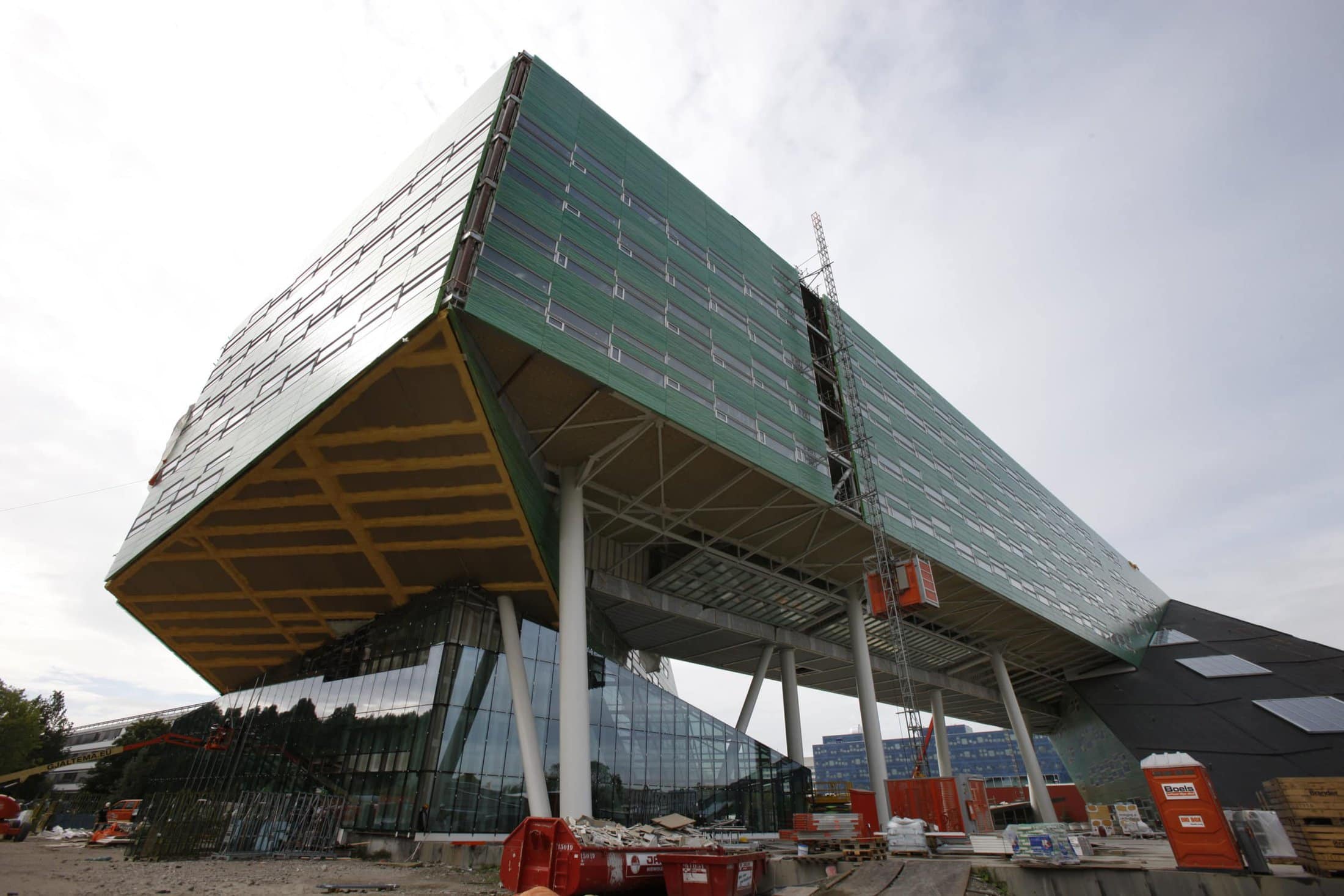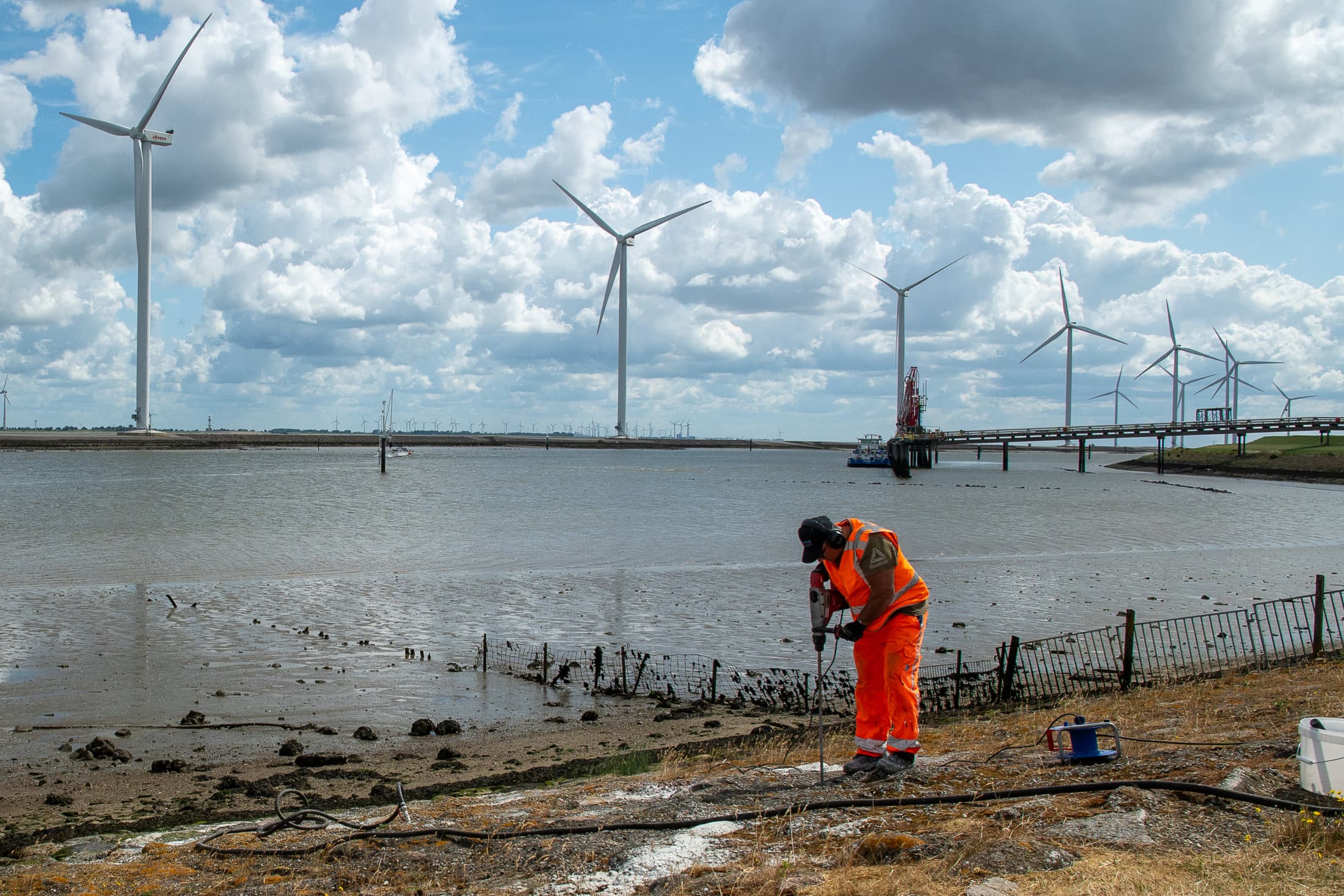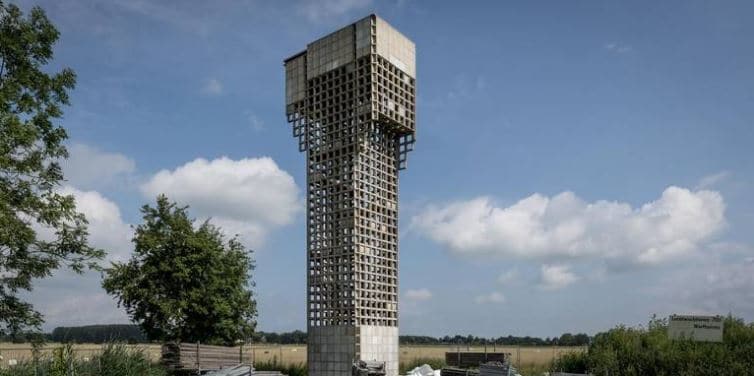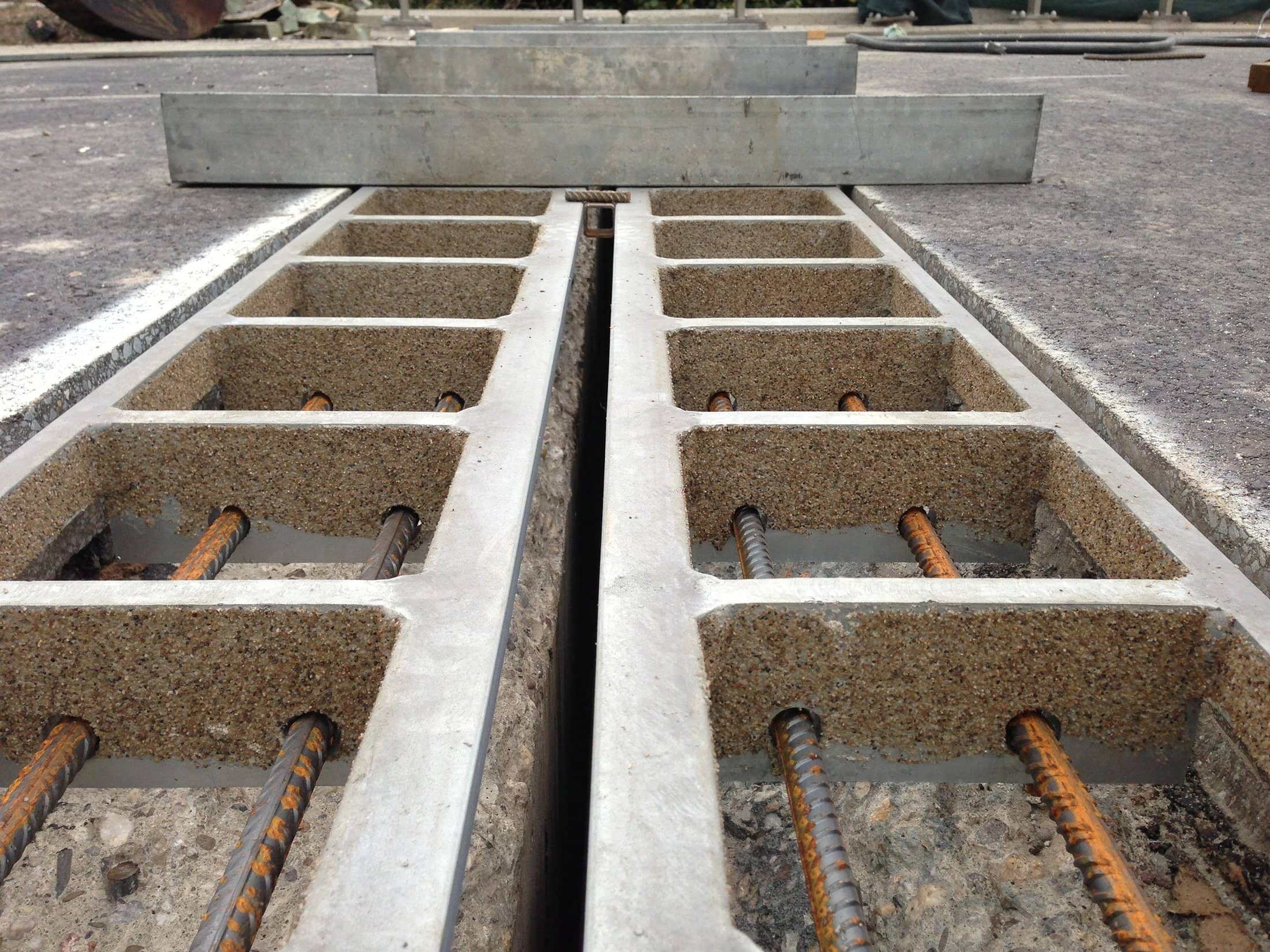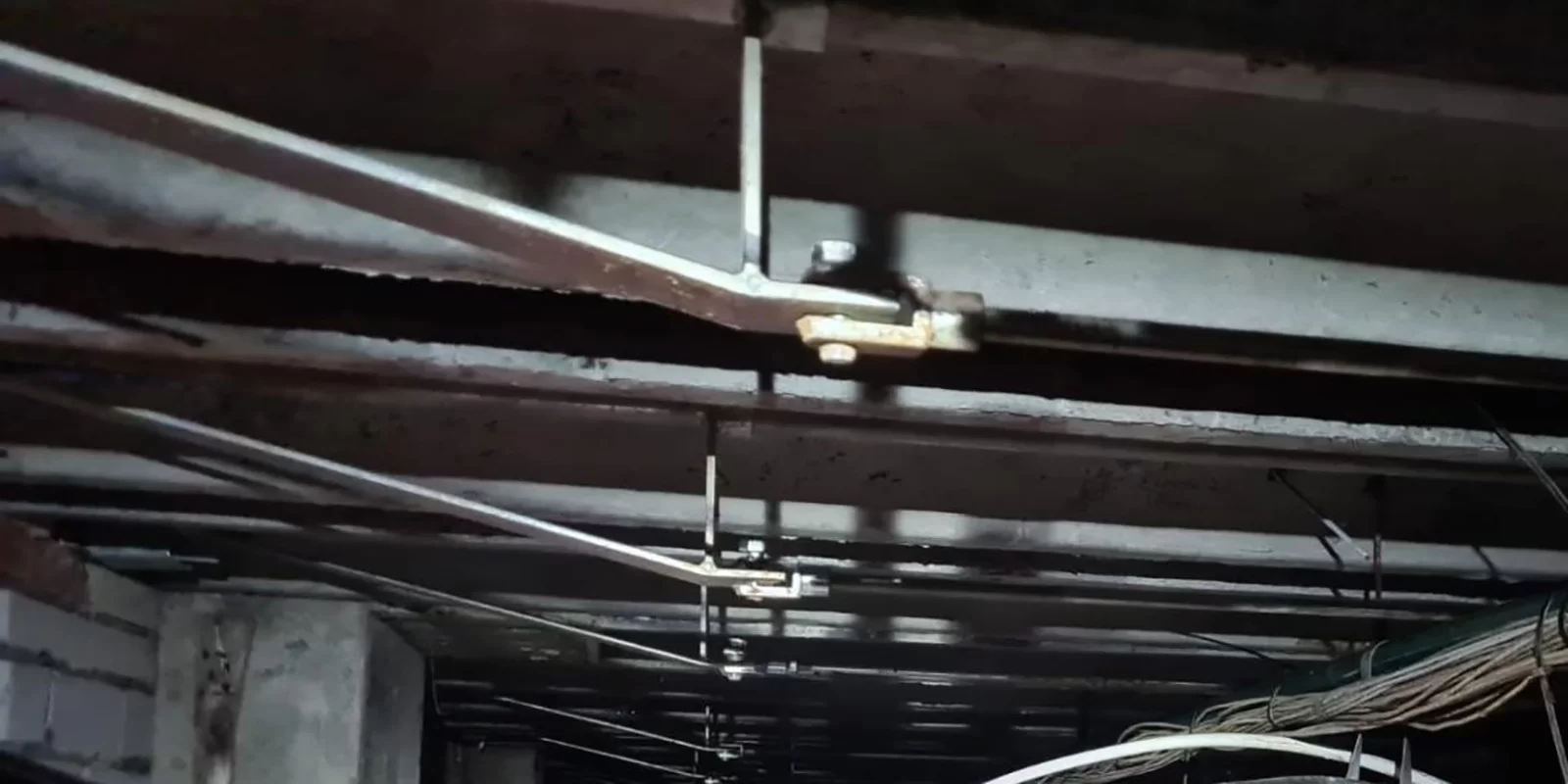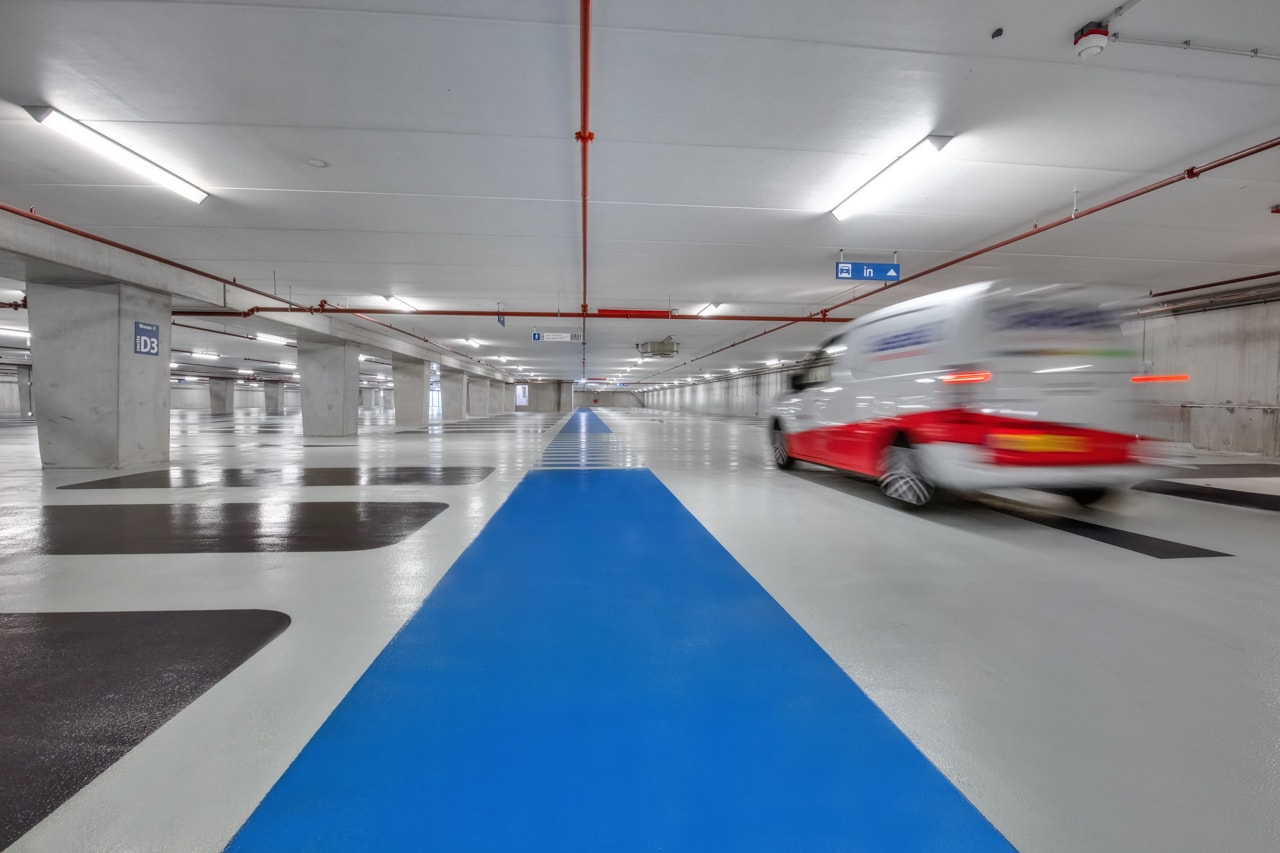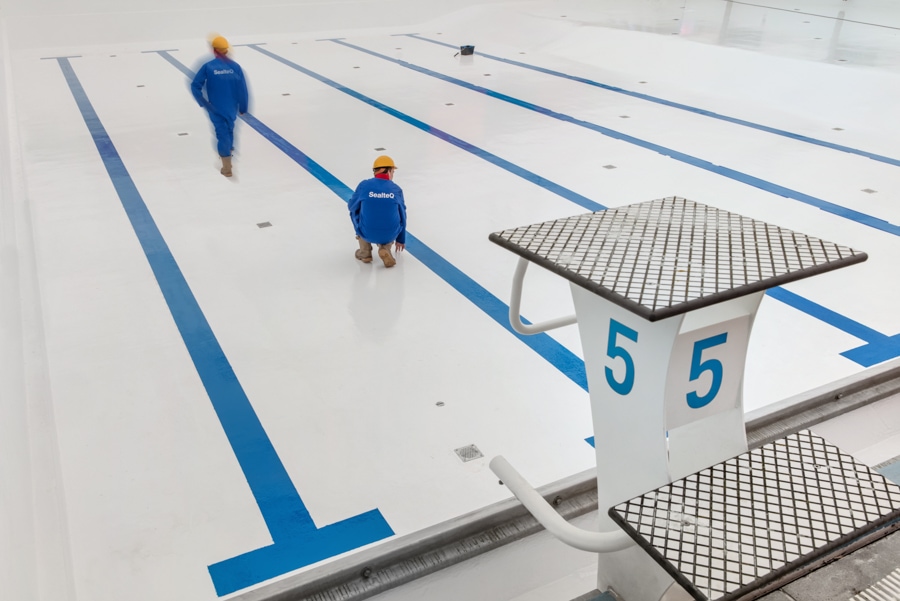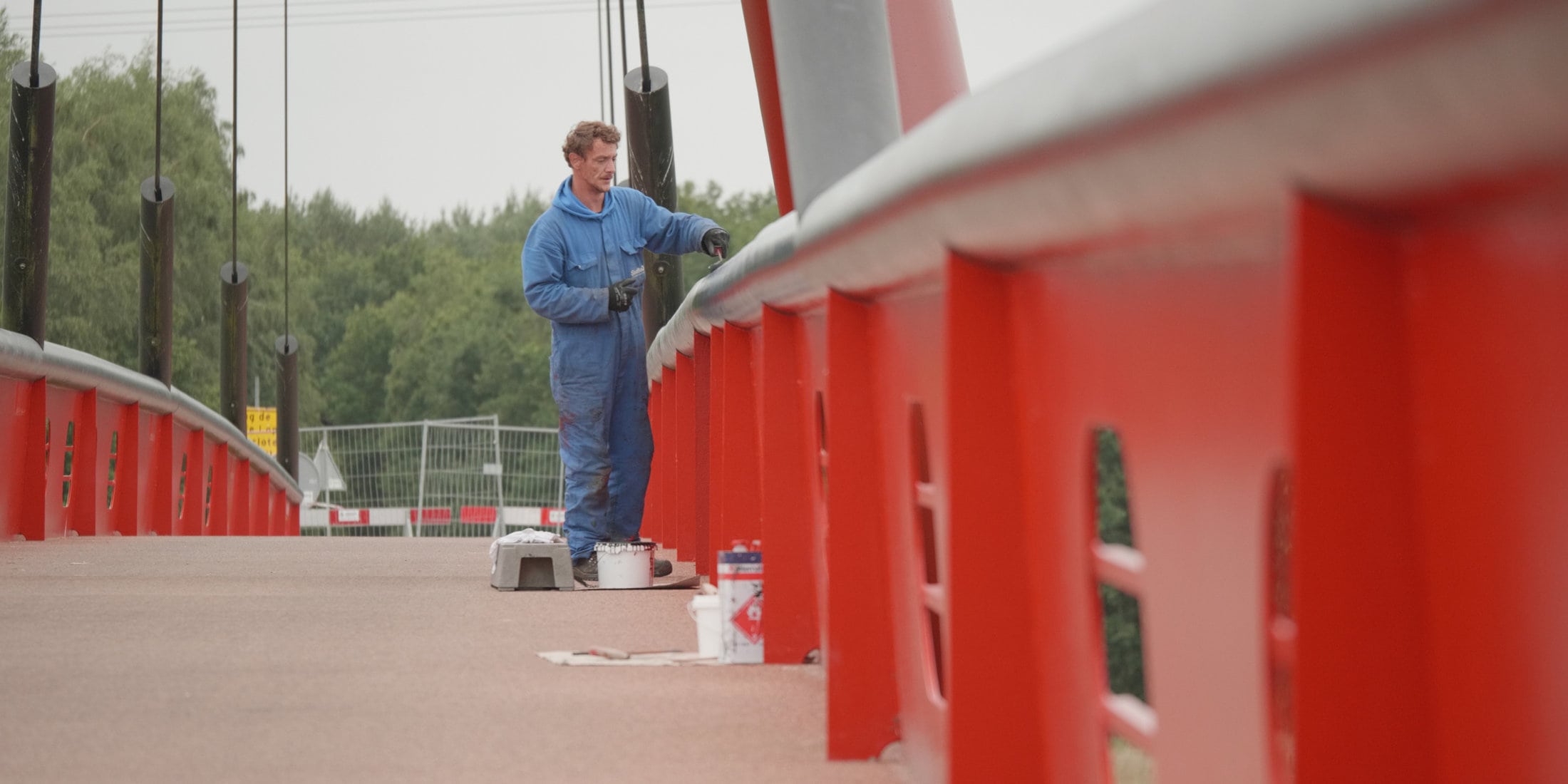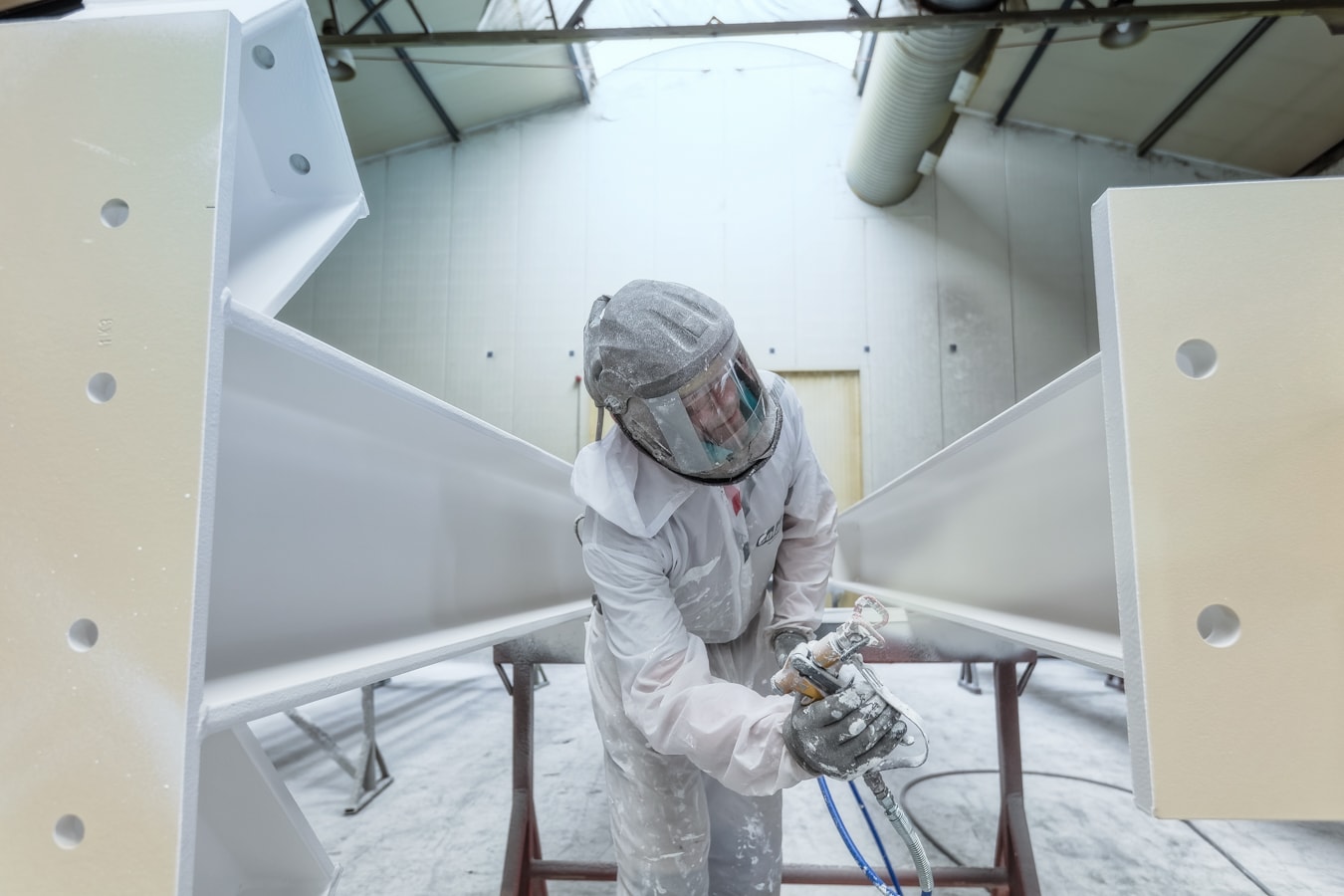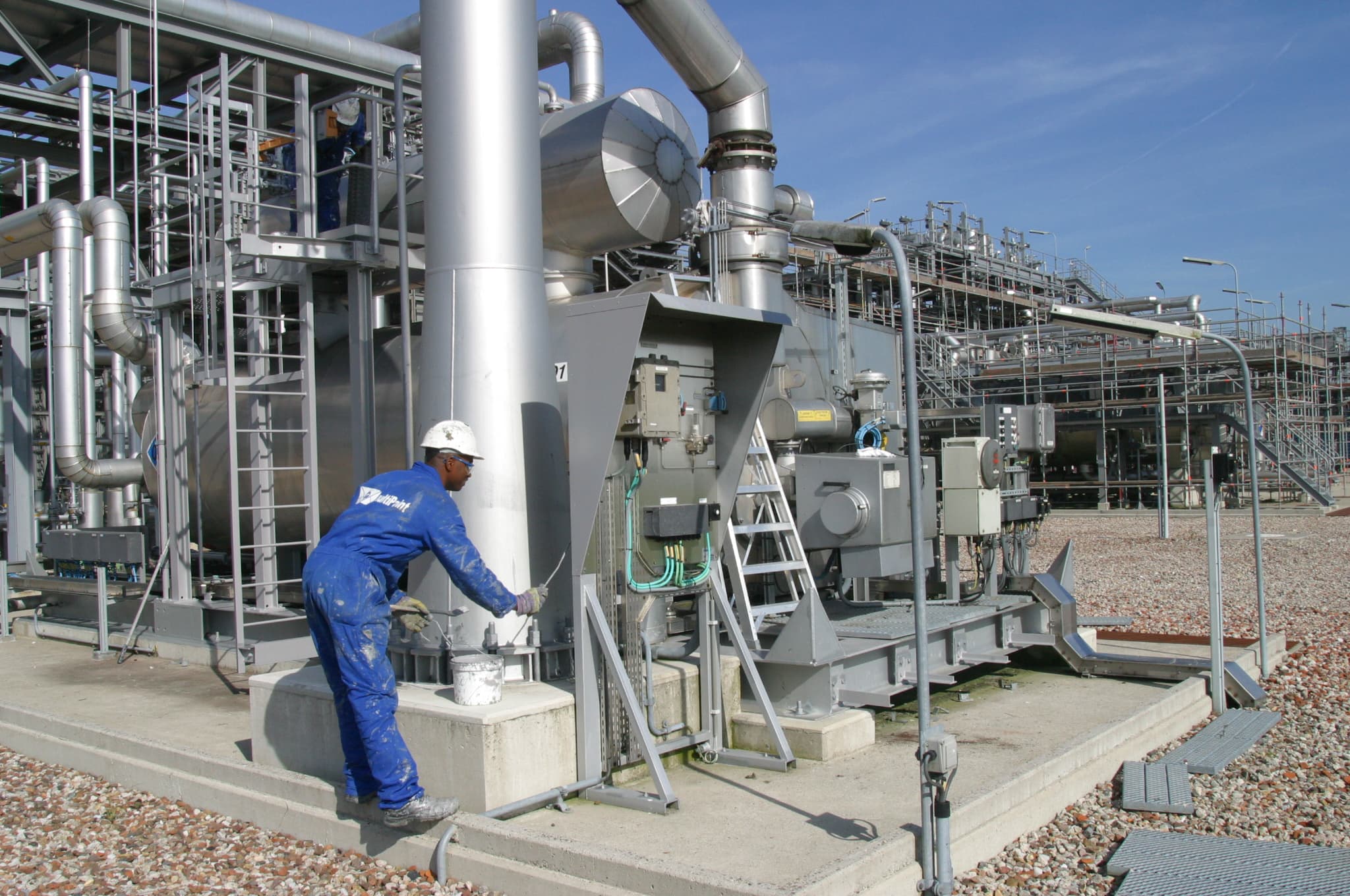At SealteQ, we help you strengthen Kwaaitaal floors. A Kwaaitaal floor is a prefabricated concrete system floor that is common in homes and buildings from 1965–1985. Due to factors such as carbonation, chloride formation, and aging of the reinforcement, "concrete rot" can occur and the load-bearing capacity can decrease. SealteQ specializes in the inspection, advice, and repair of Kwaaitaal floors.
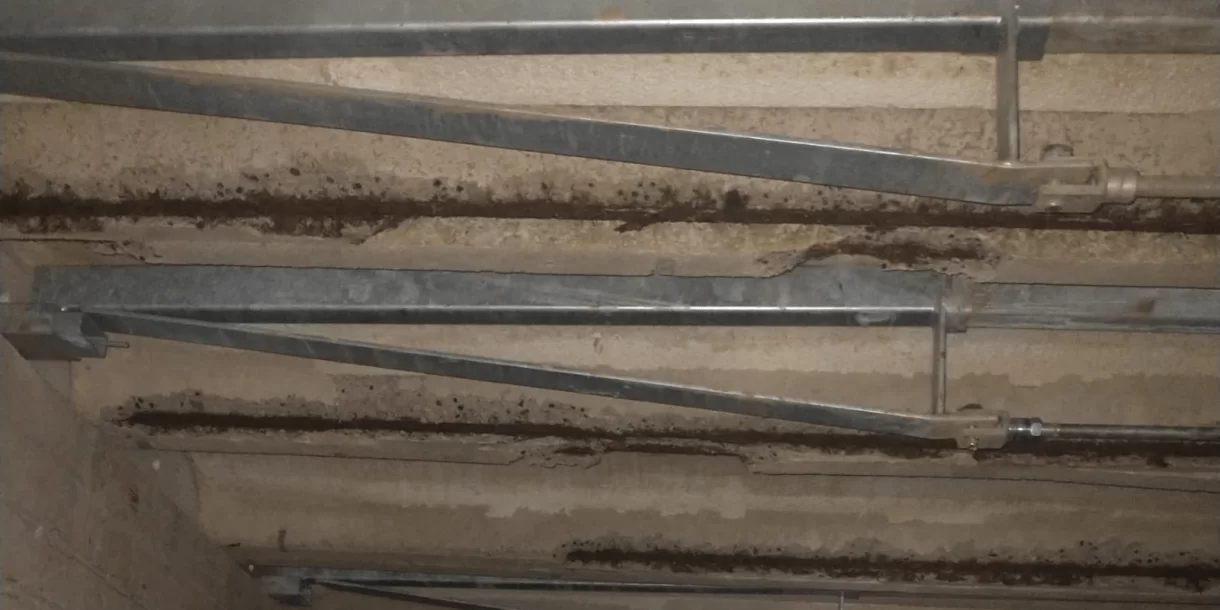
Strengthening a Kwaaitaal floor
What is a Kwaaitaal floor?
A Kwaaitaal floor consists of prefab concrete floor panels, produced with accelerated heating (steam) to quickly harden the concrete. These floors are a type of concrete system floor, similar to a
Why can Kwaaitaal floors pose a risk?
Kwaaitaal floors can be damaged by age and environment, which can have consequences for structural safety. Important causes are:
- Carbonation: the concrete is chemically altered by CO₂, which can cause reinforcement to rust.
- Chloride damage: often due to salts from concrete, water, or road salt, which causes corrosion of the reinforcement.
- Concrete rot: visible as crumbling concrete, cracks, or exposed reinforcement.
- Aged reinforcement: thin steel with little concrete cover, susceptible to corrosion and crumbling concrete.
Timely detection is crucial to prevent greater damage or dangerous situations.
How do you recognize a Kwaaitaal floor?
Practical indications:
- Construction year of the building: 1965–1985 is suspicious.
- Location of the floor: ground floor, crawl space, or visible ceilings.
- Visual characteristics: cracks, rust stains, crumbling concrete, or discoloration.
- The underside of the floor elements is often vaulted and may contain plastic end caps with the brand name “Kwaaitaal” or “Flevo”.
A visual inspection is not always sufficient; an expert inspection is needed to be certain.
What does damage to a Kwaaitaal floor look like in practice?
Damage from Use or Modifications
Unsuitable assembly, perforations for pipes or installations can lead to broken edges or damaged floor panels.
Damage Due to Minimal Concrete Cover
A thin layer of concrete around the reinforcement can crumble over time, exposing the reinforcement.
Age Damage to the Concrete Surface
Aging can be visible through cracking, flaking, or discoloration of the concrete. This often indicates deeper problems.
What can you do with a (suspected) Kwaaitaal floor?
- Have a structural inspection carried out to assess the condition of the floor.
- Measurement and research techniques identify carbonation, chloride formation, and concrete rot.
- Depending on the outcome, the floor can be strengthened or repaired, for example by replacing floor elements or additional reinforcement.
A commonly used repair method is the placement of a galvanized steel support structure (tension beam) under the floor. This takes over the load-bearing function of the affected reinforcement and restores structural safety.
Have a Kwaaitaal floor repaired by SealteQ
SealteQ is the specialist in the inspection, advice, and repair of Kwaaitaal floors and similar concrete damage. With extensive experience at housing associations, homeowners’ associations, and governments, we offer safe and sustainable solutions. We always deliver customized solutions that are tailored to the specific situation of your building. We apply modern techniques based on proven reinforcement methods and comply with applicable safety standards.
Frequently asked questions about Kwaaitaal floors
What is a Kwaaitaal Floor?
A Kwaaitaal floor is a prefab concrete floor panel, used in homes from the 60s–80s, often with thin concrete cover around the reinforcement. There are also similar Flevo floors with the same structural properties and risks.
How Do I Recognize a Kwaaitaal Floor?
Kwaaitaal floors are common in homes from 1965–1985. Characteristics include cracks, crumbling concrete, or rust on the reinforcement. The underside is often vaulted, and sometimes a plastic end cap is visible with the name “Kwaaitaal” or “Flevo”.
How Long Does a Kwaaitaal Floor Last?
With correct construction and maintenance, a Kwaaitaal floor can last for several decades, but aging and exposure to moisture or chloride can shorten this. Regular inspection is therefore important.
Can a Kwaaitaal Floor be Strengthened without Full Replacement?
In many cases, a Kwaaitaal floor can be strengthened with special techniques such as the application of extra reinforcement, epoxy injections, or concrete repair, so that replacement is not necessary.
What is the Difference between a Kwaaitaal Floor and a Manta Floor?
Kwaaitaal floors are thin prefab concrete floors and more vulnerable to wear and concrete rot. Manta floors are sturdier and usually less susceptible to structural problems.


